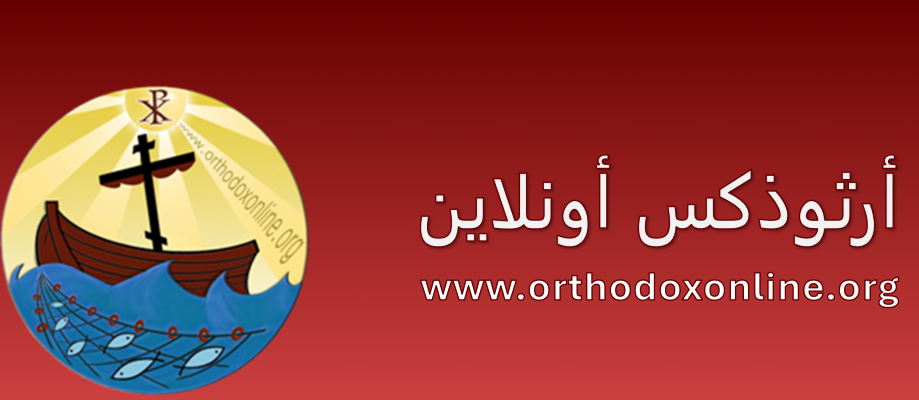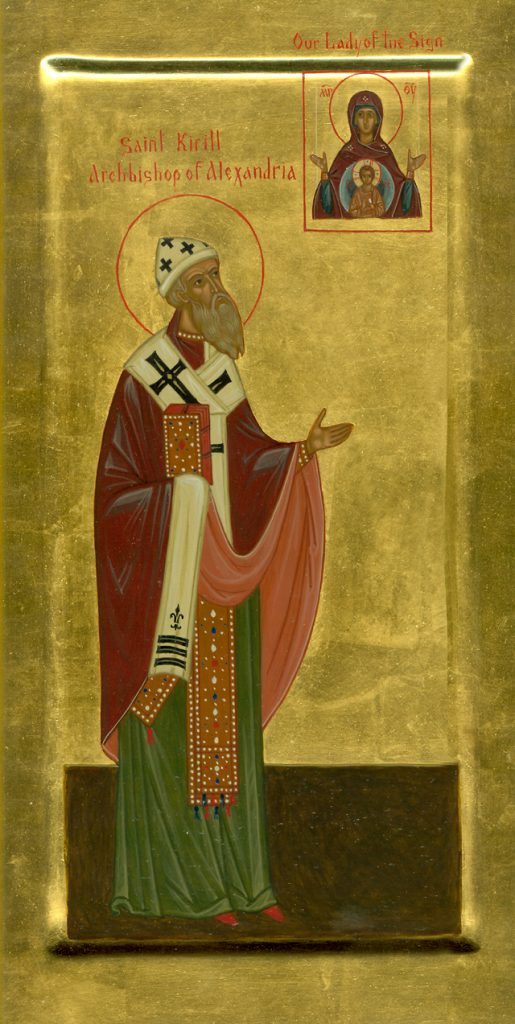Second: The true church and delivery (tradition)
In a public debate with Jehovah’s Witnesses (1), I asked them something similar to what I am asking now, and they asked me: Don’t you rely on […]
Second: The true church and delivery (tradition) Continue reading »



